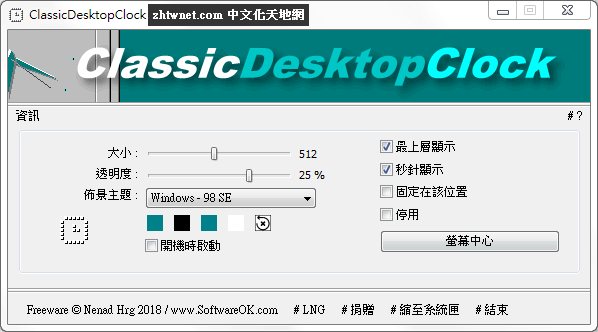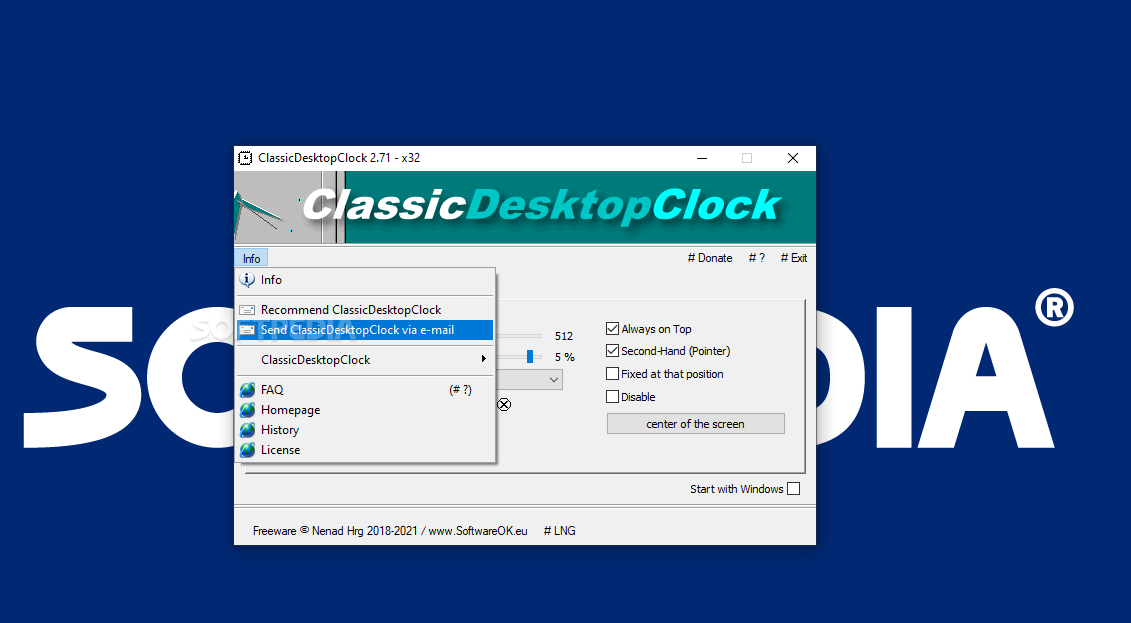


This is often used for important settings. The Roaming folder contains data that would “roam” with a user account from computer to computer if your PC was connected to a domain with a roaming profile. Open your AppData folder and you’ll see Local, LocalLow, and Roaming folders. There are actually three folders inside AppData, and different programs store different types of settings in each. (You can also type %APPDATA% into File Explorer’s address bar to head directly to the AppData\Roaming folder, which we’ll talk about in a moment.) You can just plug this address into the address bar to view it, or show hidden folders and browse to your user account directory at C:\Users\NAME. For example, if your user name is “Bob”, you’ll find your application data folder at C:\Users\Bob\AppData by default. You’ll find each user account’s AppData folder-short for Application Data-in that user’s directory. RELATED: How to Show Hidden Files and Folders in Windows

The AppData folder was introduced on Windows Vista, and is still in use on Windows 10, 8, and 7 today. This allows Windows programs to store multiple sets of settings if a computer is used by multiple people. Each user account has its own AppData folder with its own contents.


 0 kommentar(er)
0 kommentar(er)
